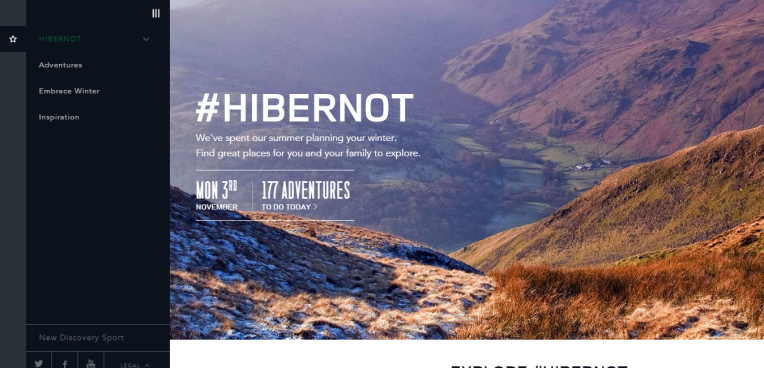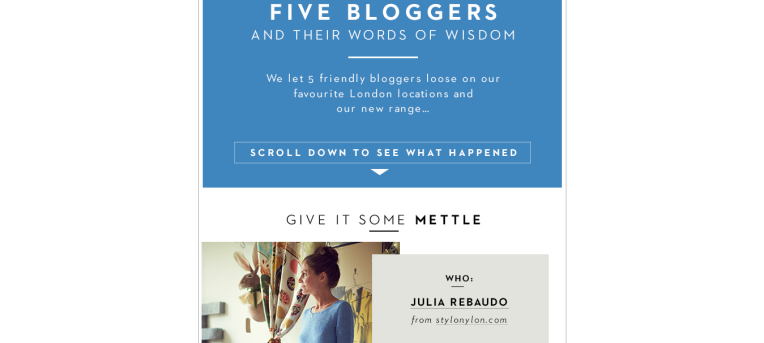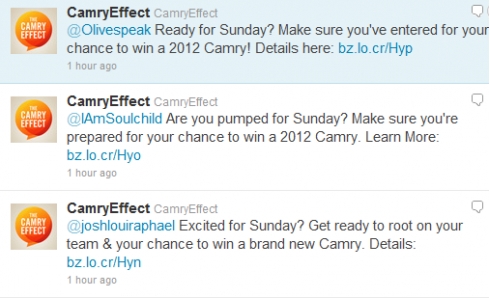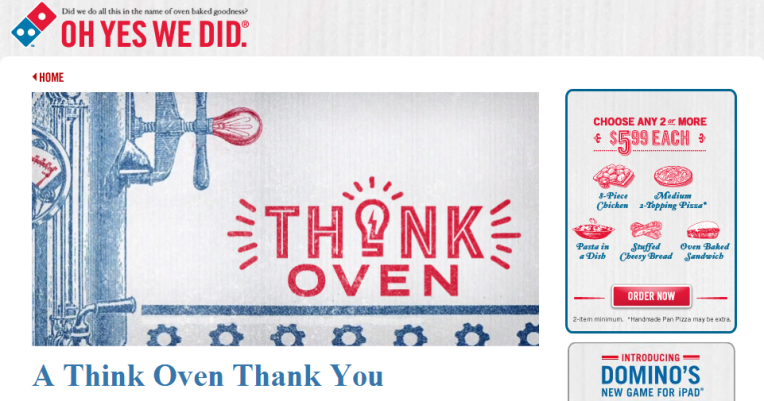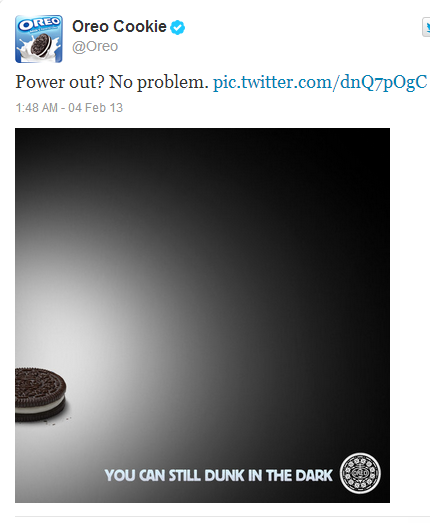The biggest buzzword being bandied around in the PR, marketing and advertising industries right now is content. Professionals are constantly looking to create and distribute more and more content, to cut through the noise of everyone else trying to do the same thing.
But what does it mean?
To me, content is everything we do. Content is, or should be, material and collateral that is well thought through, meets objectives and drives results but most importantly, engages our audiences. Whether that’s a vine, a brand partnership or a social Q&A, the content we choose to create and provide should be done so because it’s the most effective way of reaching and engaging communities and encouraging people to take action.
I wrote my dissertation on the digital age and it’s shift on one-way communications to two-way communications (see here for more on this). To me, smart content is about facilitating that shift. Content should encourage audiences to take action, engage with the brand and leave with a more well-rounded, (hopefully positive) and knowledgeable idea of the organisation, it’s brand values and what it’s trying to achieve.
It’s not about more content, it’s about smart content.
To best illustrate this, I’ve picked a few examples of what I believe to be great, smart content:
Lea and Perrins / Emerald Street media partnership
Brunch is hot right now, and Lea and Perrins have jumped on the bandwagon with a cute little media partnership with Emerald Street to provide recipes and tips for brunch – as well as a competition to win brunch in Paris. Maybe it’s me, but I wouldn’t necessarily associate L&P with brunch (cheese on toast anyone?) so I like how they’ve used a food trend to get their name out there.
A great visual campaign that provides trails, attractions and events across the UK to encourage people to get out and about this winter. People can engage with the campaign using the hashtag #hibernot and are encouraged to upload videos, images and anecdotes about their adventures this winter.
British Airways / Time Out Takeover
To promote the airlines new routes to US cities of Austin, San Francisco, Boston and Philadelphia, British Airways teamed up with Time Out in London and America to create a multi-faceted partnership. BA flew three of Time Out’s US journalists to explore food, music and style on the other side of the pond – resulting in a six page advertorial feature. The partnership also included a themed issue with a glossy cover and full-page British Airways ads on all cover sites.
Time Out international creative Director Adam Harris said: “To theme an entire issue in support of a brand and maintaining our editorial integrity is both ambitious and unprecedented. It’s the strength of the editorial concept and the unique collaborative relationship with British Airways and Carat that have made this possible.”
Boden teamed up with five influential bloggers in the world of fashion and style to create a series of bespoke blogs focused on style trends, linking the user back to products on Boden’s website. Nice.
A great piece of reactive content that went above and beyond an acknowledgement tweet from the brand. After a US tourist found himself locked in a store for the night, Waterstones quickly jumped on the social media storm created by desperate tweets from poor David Willis. Waterstones used Twitter to get brands such as Airbnb, Weetabix and Graze on board to offer 10 guests an overnight sleepover at the Piccadilly store, including a tour of the store and a pick of the thousands of books on offer.
The offer was being advertised on Airbnb, advertised to potential pyjama pals as: “With Waterstones Piccadilly all to yourself, saunter up and down our beautiful central staircase, from our ground floor Bestsellers to our fourth floor’s Russian Bookshop, and let your imagination loose.”
I know there’s many, many more so I’d love to know about smart pieces of content you’ve seen.

